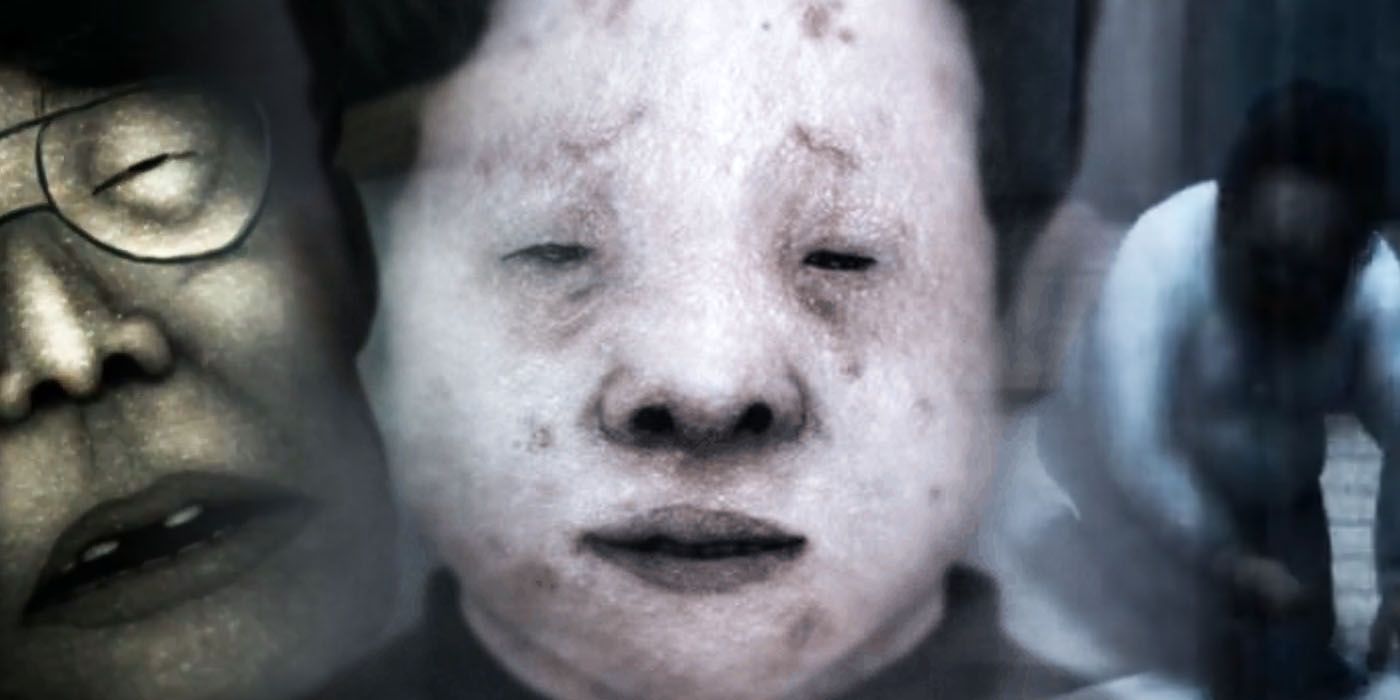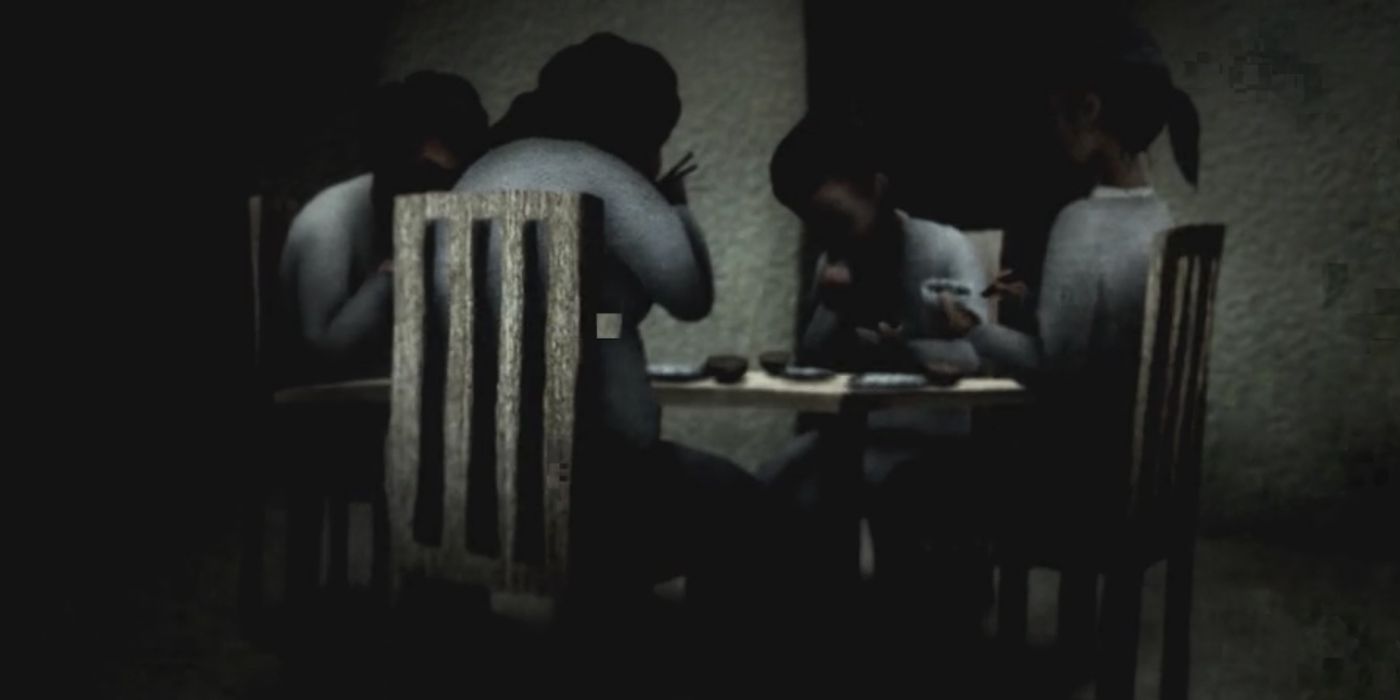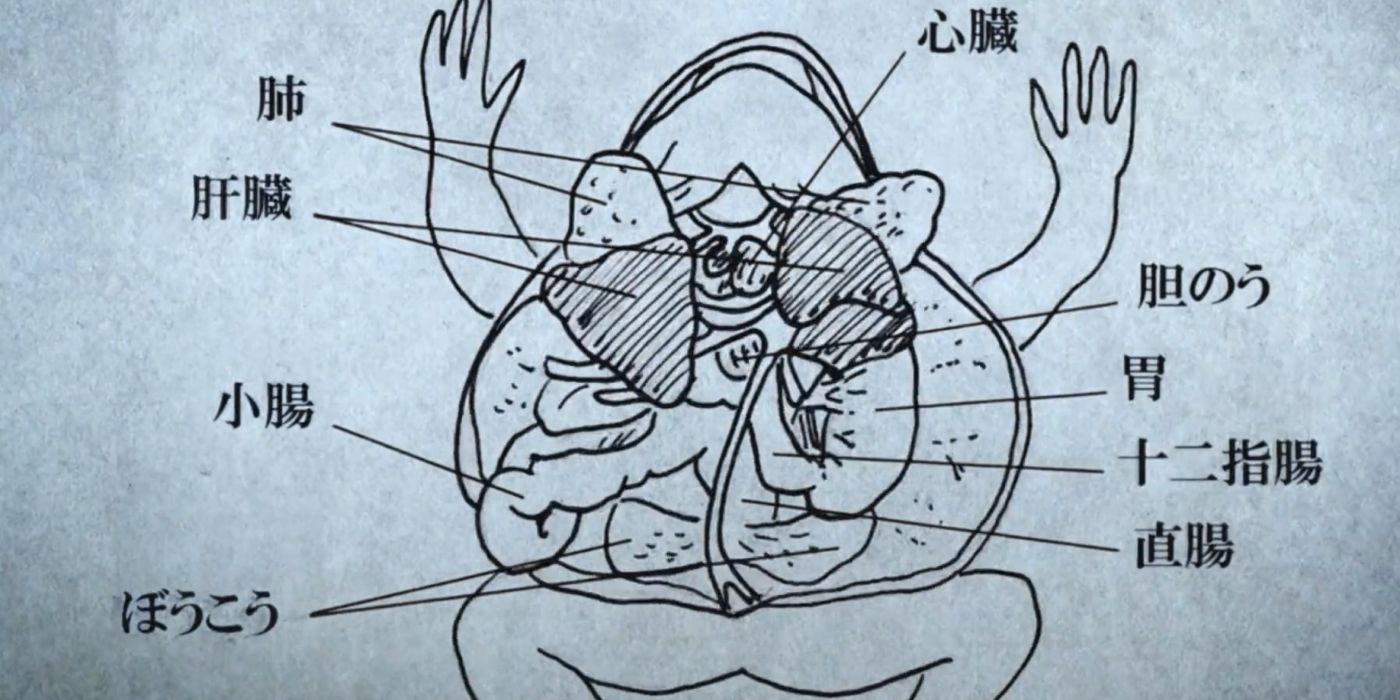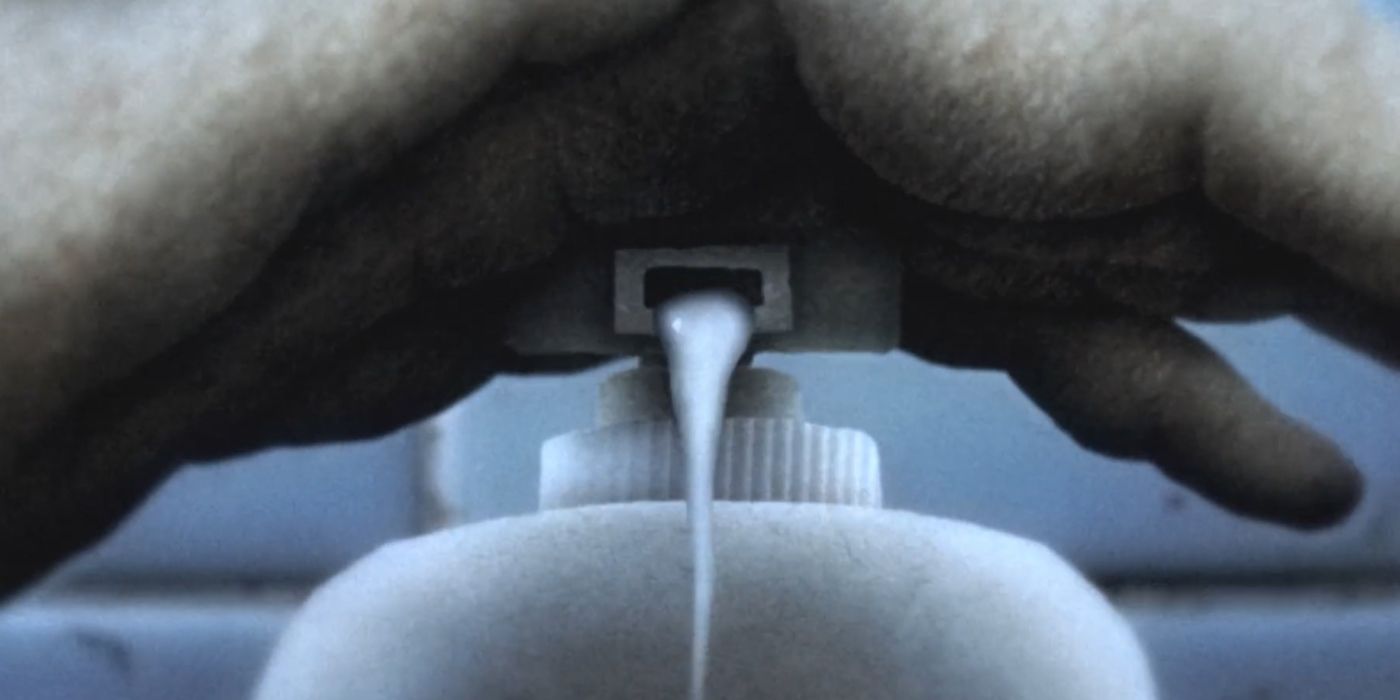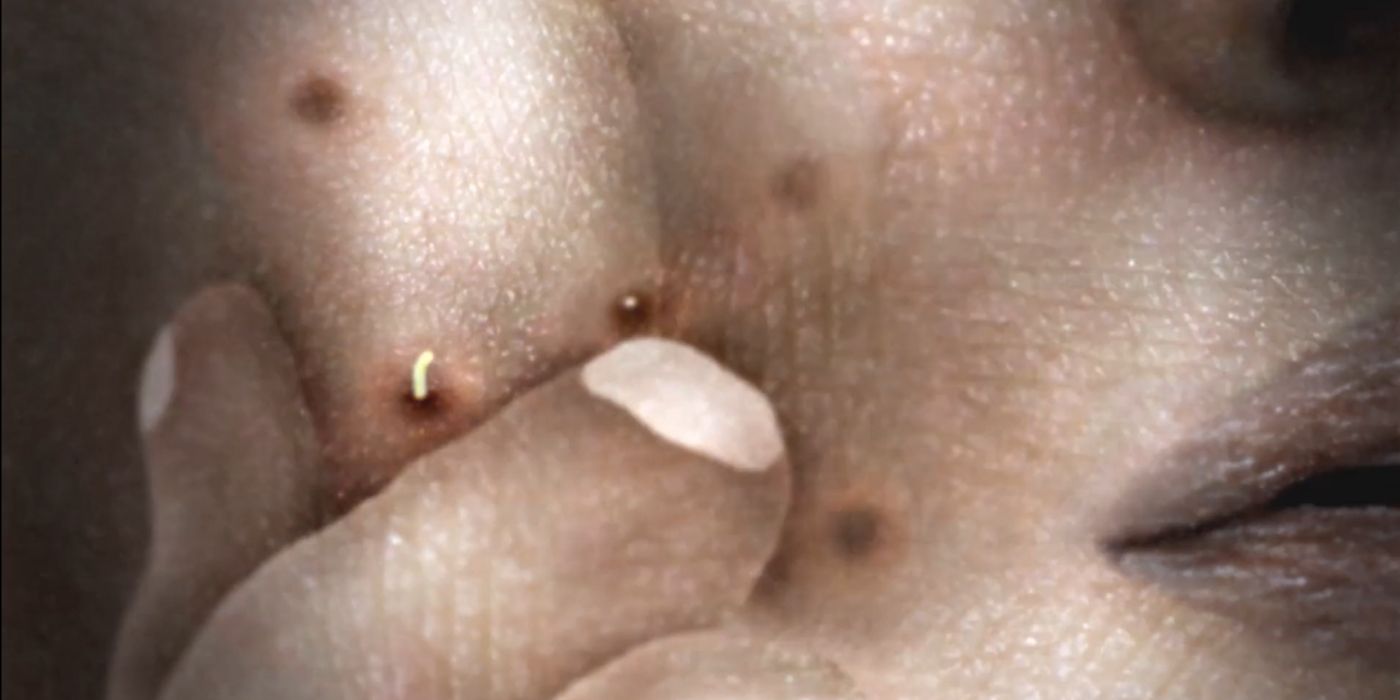Hand Soap (2008) is a 16-minute short by Kei Ōyama that depicts a dark vision of adolescence and family life. The animated film would go on to earn several awards, including the Grand Prix at the Holland Animation Film Festival, the Prize of the International Short Film Festival Oberhausen, and a Special Prize at the Hiroshima International Animation Festival.
Ōyama’s story follows a young boy who struggles to fit in at school and is bullied by his peers. The pale and pimpled protagonist appears to find little happiness through his schooling or time spent with his family. Hand Soap manages to create a disturbing picture of modern life and the suffering that many people experience within it. From the breakdown of communication within the family unit to the cold reality of the education system, this short paints a bleak picture of daily life.
The Plot of Hand Soap
Hand Soap opens with the protagonist standing against a wall while bullies throw dead frogs at him. This scene, like many others throughout the film, has no dialogue. Instead, the sound of wind harshly blows, which creates a hollow and haunting atmosphere. Without any argument, the boy quietly disappears from the scene and begins to wash the blood and guts from his hands.
Things become even bleaker when the boy makes his way to his family's apartment building. As he enters the home, his sister doesn’t provide any form of greeting and instead stares at him malevolently. Dark shadows run across each room and person, inspiring little hope or warmth. The boy’s room appears to offer little solace from the cold husk of this building, as it’s shrouded in just as much darkness and void of any semblance of personality.
When the family sits down for dinner, the depression of their lives becomes even clearer. Each member sits in silence and stares morosely at their food, with the only source of light stemming from their television set. The sound of a pop-like singer emanates and offers some distraction from the family's eerie quiet. However, the synthetic glow and positive sounds seemingly offer little relief from this rather awkward meal.
Afterward, the boy reflects on his day at school as he does his biology homework, which is to complete a drawing of a dissected frog. As he labels the diagram, sinister images of his bullies appear, only now they take the shape of a frog’s guts. In an act of self-hatred, he etches his own likeness onto the frog - an indication that he believes he is more of an animal than a human being.
As the teenager goes to bed, a surreal dream sequence begins to take place where his sketched diagram comes to life, then begins dancing to the music that previously played on his family’s television. Upon waking, he looks out onto the bleak snow-covered city. Hand Soap then ends where it began, showing the blood-splatted wall on the schoolyard which suggests this boy is condemned to repeat yesterday’s experience over and over again.
Hand Soap’s Theme of OCD
While the messages Hand Soap attempts to convey are highly subjective, there are several indications that the short’s protagonist suffers from OCD-like symptoms. The film’s title alone suggests a keen focus on cleanliness, which continues to run through its narrative. From multiple scenes of handwashing and bathing to the painful act of popping pimples, this teenager is always trying to cleanse his body.
Although this initially appears to be normal behavior for a teenage boy going through the growing pains of adolescence, there are hints that this might be a compulsion rather than a choice. Upon entering each room, the boy taps each door knob in multiples of three. When entering the front door, he taps the knob six times and then a further three when entering his own room. The same behavior reveals itself once again when he’s washing his hands, in which he pumps the soap three times consecutively.
Likewise, the film’s ending indicates this teenager is in a vicious cycle. Whether his mental state is the result of his experiences in society or if his poor relationships are due to his depreciating condition remains unclear. However, it’s likely he has entered a destructive rhythm that is incredibly difficult to escape from. Without his family's support, this boy is completely alone to deal with his own mind and the world around him. He is therefore left with only his obsessive compulsions to try and make sense of the world and cope with the difficulties within it.
Is the Hand Soap Anime Short Worth a Watch?
Hand Soap isn’t exactly a short film that can be recommended. It’s a depressing insight into how a lack of connectivity can bring rise to mental illness and prevent happiness. The protagonist lives a hollow existence, removed from any sense of joy or purpose. Instead, he moves through life with little agency and is condemned to repeat each day as if they are all the same.
Ōyama’s use of computer-generated images and collages of close-up skin shots make each character resemble the scrapped faces of Francis Bacon. Flesh is manifested in its most shocking form, in which the creases and shadows that run across each face create walking monsters reminiscent of nightmares. Hand Soap isn’t for the faint of heart, as it will leave viewers questioning how we function as people and as a society.

